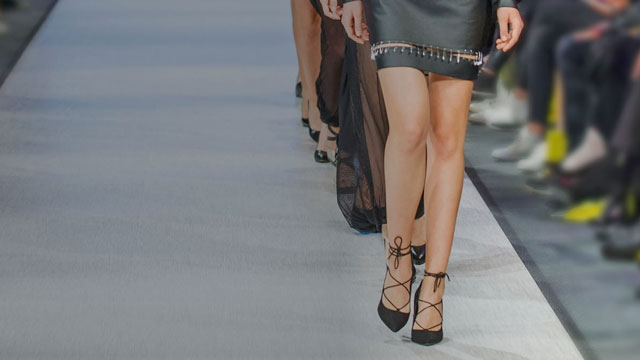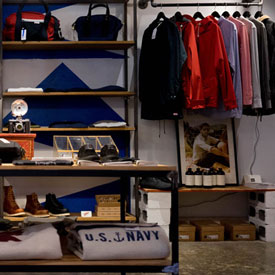Personalized, shareable, unique and delivered quickly – online shoppers now expect their e-commerce stores to offer more than just a good choice.
Fashion is no longer about collections on four seasons, with busy periods happening at predictable times. It’s now relentlessly responsive, with multiple brands offering bespoke products, on demand, globally.
Footwear has taken the biggest steps. As well as the online portal, which is how the service launched, NikeID now has 102 studios all over the world. So, if you want a pair of personalized pink football boots complete with a silver Nike logo (and let’s face it, who doesn’t) the sportswear giant will build them for you.
The NikeID model has moved from a marketing niche into the consumer mainstream and there’s no reason small business owners shouldn’t invite themselves to this potentially lucrative party.
44% of consumers worldwide would be open to buying products from companies outside of the traditional style of selling.
22% of American adults have already offered a product or service as part of the sharing economy.
70% of Generation Z clothing shoppers are interested in monthly-curated fashion subscriptions.
Buying patterns are changing and the fashion industry is the catalyst, according to a new study by DHL. ‘Fast Fashion’ has been driving profits for companies such as ASOS and H&M for decades. “Designers see the supply chain as part of their strategy and brand building,” the report says. In essence, getting smart with your logistics can give you a business edge not just in the sourcing and supply of your stock, but in its actual design too.
Powered by digitization and technology, the traditional commercial model of Design - Plan - Source - Make - Deliver is being replaced by one that puts the designer – or the e-commerce business owner – at the center.
This means the designer (or curator of the online store) can connect with all the contributors – from the people who supply the materials to the end purchaser, using the latest data from, say social media or google trends, to update decisions, change styles and make manufacturing more responsive.
Sharing knowledge in a spirit of openness is vital – even to the extent of collaborating with other designers who use the same supplier in order to stagger production and meet everyone’s priorities.
In short, the old approach of ‘silo thinking’ simply isn’t sustainable. Suppliers who aren’t prepared to adapt will go the way of the dinosaur. And business owners are advised to source a number of suppliers of a similar mind-set to help them meet the fast-moving requirements of their end customers.
Once products are made, they need to be delivered and again, this flexible, collaborative approach to logistics is at the heart of it. Smaller productions runs, a wider spread of delivery locations (reflecting where demand is strongest) all require a delivery business with the attitude and aptitude to ‘flex’.
The evolution of the ‘Human-Centered Supply Chain’ has been driven by the way the world shops today; more immediate, more capricious, more demanding. Not surprising then, that the fashion industry has led the way.


